There aren’t many harrowing stories of high winds and raging seas surrounding the rotting half-ships in Maryland’s Curtis Creek. They were simply unused and unwanted—and nothing was more economical than unceremoniously dumping them along the shore.
During World War I, the U.S. Navy spent $1 billion on wooden ships, intended to supply provisions to Europe. The ships were ill-built and ill-suited to the task ahead of them, and not one ever made the journey across the Atlantic.
More than 200 ships built in Baltimore were burned and half-sunk in Mallow’s Bay, the region’s largest and most famous ship graveyard. But while the shallow waters of Curtis Creek hold fewer vessels, they represent not only the World War I era, but a real cross-section of the boats that have traversed Baltimore’s waterways over the centuries.
One notable ship laid to rest here is the three-masted schooner William T. Parker, sometimes called the Flying Dutchman of Baltimore. Stranded in 1899 and later abandoned in the Outer Banks, the William T. Parker drifted all the way from North Carolina to Maine, completely unmanned. Once it reached Maine, the winds pushed it back down the eastern seaboard. A tugboat dragged the wayward traveler into Curtis Creek, where it has been ever since.
As visitors boat or paddle along the creek, a dozen or so other vessels in various states of disrepair appear. There are several wooden World War I freighters, a sidewheel steamer called the Emma Giles that served as a ferry, and a concrete barge falling to bits. Although the abandoned ships disintegrate a little more with every passing day, they’ll more than likely remain here for years to come.
Know Before You Go
The area along the creek is heavily fenced and dominated by industrial shipyards and the U.S. Coast Guard facility. The best place to see the ghost ships is via a visit to the Jaws Marina at 6100 Chemical Road, which is adjacent to the William T. Parker and others. For a fee, you can launch your own boat from here. Those unwilling to take to the sea can spot the same vessels from the I-695 bridge.











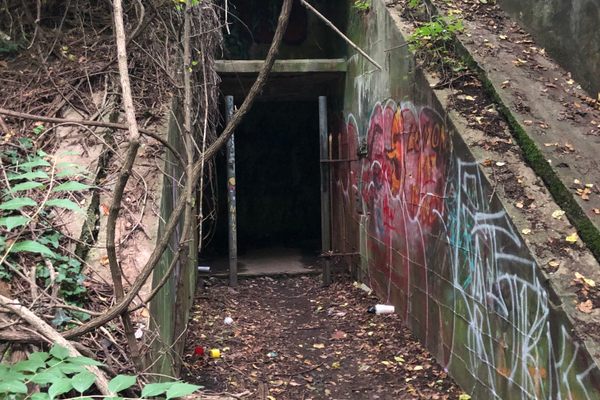


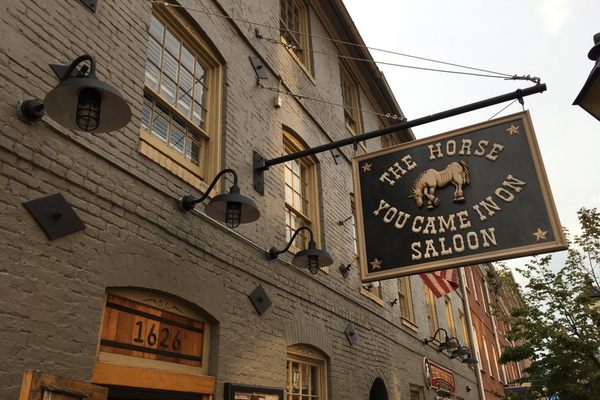
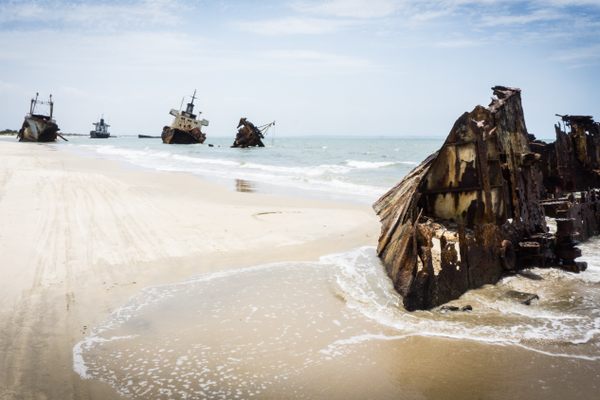
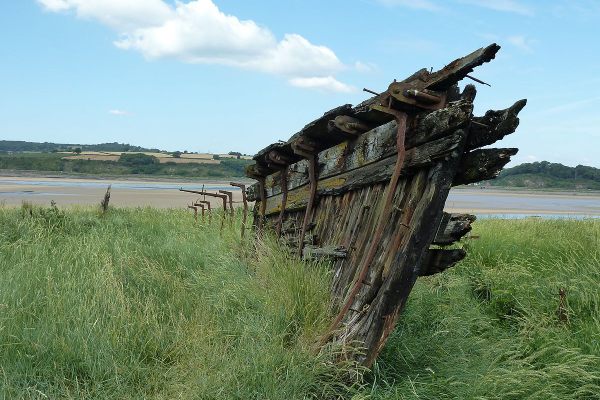

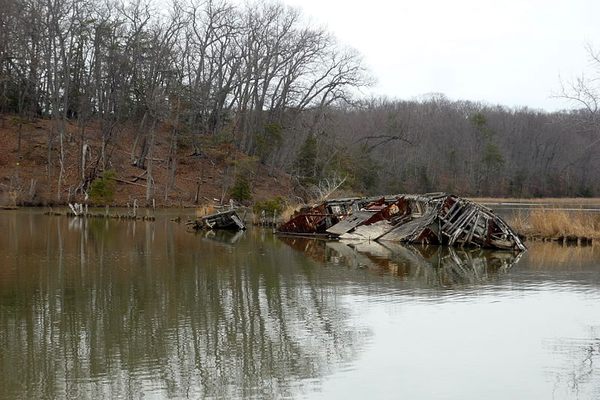


Follow us on Twitter to get the latest on the world's hidden wonders.
Like us on Facebook to get the latest on the world's hidden wonders.
Follow us on Twitter Like us on Facebook